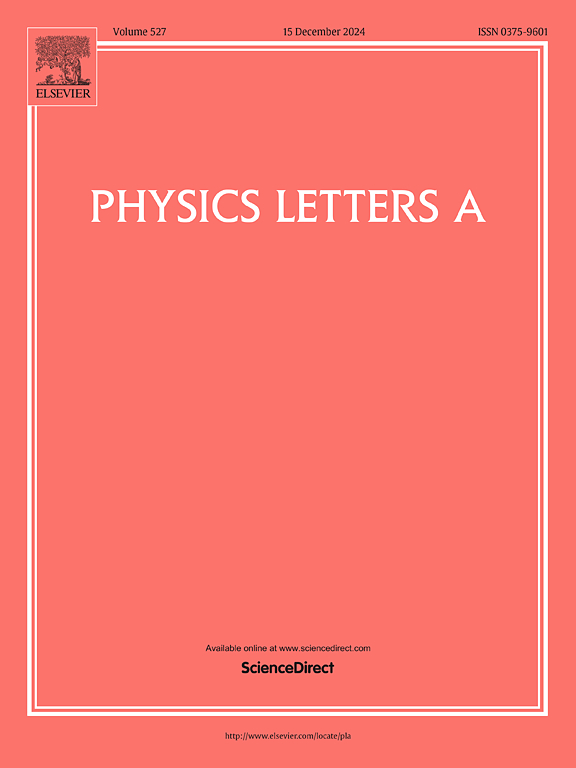The analysis for the transition dynamics of sleep states through the driving effects of the cholinergic inputs to hippocampal oscillations
IF 2.3
3区 物理与天体物理
Q2 PHYSICS, MULTIDISCIPLINARY
引用次数: 0
Abstract
Cholinergic inputs from the medial septum (MS) affect hippocampal memory during sleep. However, computational modeling of sleep transitions is currently lacking. Here, we use eight coupled rate equations to build a septo-hippocampal cholinergic network. The numerical results indicate that enhanced cholinergic inputs in the model can effectively suppress hippocampal ripple oscillations and shift to theta states. This exchange of dominant rhythms reflects sleep state transitions and corresponds to the results of physiological experiments. By analyzing the dynamical mechanisms underlying this transition, we found that this change originates from a bifurcation phenomenon within the hippocampal network. Additionally, we found that the adaptive gain parameter can effectively modulate the up-state oscillatory activity of the hippocampal network and exhibits greater sensitivity during rapid eye movement (REM) sleep. These results will bring possible insights into computational characterizations and transformations of different sleep states, and provide a theoretical basis for neuromodulation in memory formation.
求助全文
约1分钟内获得全文
求助全文
来源期刊

Physics Letters A
物理-物理:综合
CiteScore
5.10
自引率
3.80%
发文量
493
审稿时长
30 days
期刊介绍:
Physics Letters A offers an exciting publication outlet for novel and frontier physics. It encourages the submission of new research on: condensed matter physics, theoretical physics, nonlinear science, statistical physics, mathematical and computational physics, general and cross-disciplinary physics (including foundations), atomic, molecular and cluster physics, plasma and fluid physics, optical physics, biological physics and nanoscience. No articles on High Energy and Nuclear Physics are published in Physics Letters A. The journal''s high standard and wide dissemination ensures a broad readership amongst the physics community. Rapid publication times and flexible length restrictions give Physics Letters A the edge over other journals in the field.
 求助内容:
求助内容: 应助结果提醒方式:
应助结果提醒方式:


